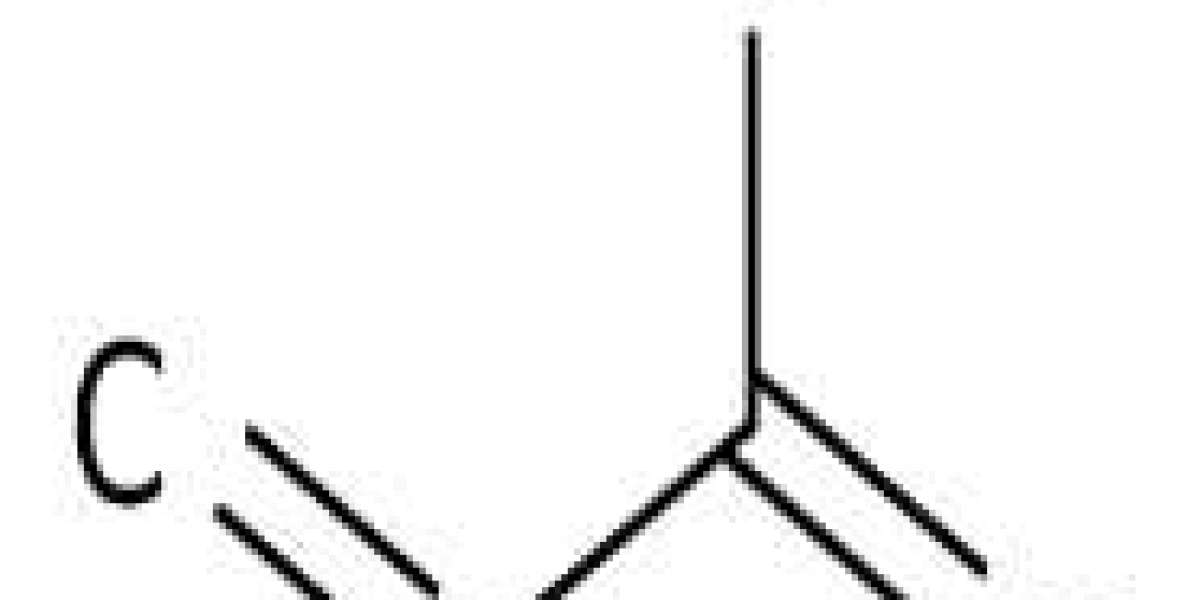What is Polyisoprene? Polyisoprene is a synthetic polymer polymerized from petroleum-derived raw materials. You might think of polyisoprene as the synthetic version of natural latex because it shares many of the same desirable properties.
Strictly speaking, polyisoprene is a general term for polymers polymerized from isoprene. In practice, polyisoprene usually refers to the synthetic cis-1,4-polyisoprene, made by the industrial polymerization of isoprene. Natural forms of polyisoprene are also used in large quantities, most importantly "natural rubber" (mainly cis-1,4-polyisoprene), which comes from the sap of trees. Both synthetic polyisoprene and natural rubber are highly elastic and are therefore used in the manufacture of tires and various other applications.
The trans isomer is harder than the cis isomer and has also had important uses in the past. It is also synthesized and extracted from plant sap, the resin of which is known as gutta-percha. These are widely used as electrical insulators and components of golf balls. The annual global production of synthetic polyisoprene was 13 million tons[1] in 2007 and 16 million tons in 2020.
In principle, the polymerization of isoprene produces four different isomers. The relative amounts of each isomer in the polymer depend on the mechanism of the polymerization reaction.
Anionic chain polymerization initiated by n-butyllithium produces polyisoprene dominated by cis-1,4-polyisoprene. 90–92% of the repeat units are cis 1,4-, 2–3% trans 1,4-, and 6–7% 3,4-units. [3]








